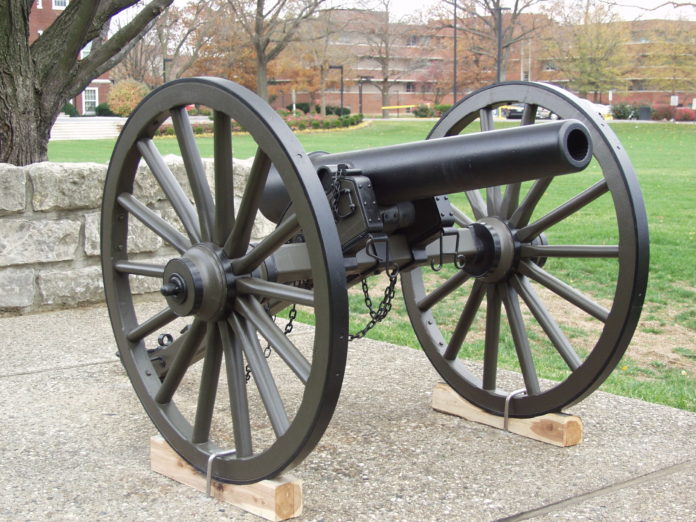
The following story was originally published on May 25, 2005. It has been modified.
As dignitaries gather at Arlington National Cemetery and towns across the nation this weekend to remember the men and women who have died in military service to the United States, it will be the continuing culmination of the vision of UofL law alumnus John Alexander Logan.
Logan, an 1851 law graduate, designated May 30 as a day to remember the nation’s war dead in 1868 when the physical and emotional scars of the Civil War were still fresh.
Local remembrances of the war’s dead had started even during the war, especially in the South, but Logan, a Union veteran and commander in chief of the veterans group the Grand Army of the Republic (GAR), envisioned an observance that would be annual and national in scope.
In General Order No. 11 of the GAR, Logan called for the “strewing with flowers or otherwise decorating the graves of comrades who died in defense of their country during the late rebellion, and whose bodies now lie in almost every city, village, and hamlet church-yard in the land.” Hence the day became known as Decoration Day.

Logan also asked that the observance “be kept up from year to year, while a survivor of the war remains to honor the memory of his departed comrades,” and he called upon the press to help notify people in all parts of the country so everyone could take part in the remembrance on the same day.
New York officially recognized Decoration Day as a holiday in 1873, and it had become a holiday in all northern states by 1890. The South, however, did not adopt May 30 as its day of remembrance until after World War I when, with the number of Civil War veterans dwindling and that war fading from current memory, the holiday changed to one that honored Americans who died fighting in any war.
The National Holiday Act of 1971 set Memorial Day as the last Monday in May. The act provided a three-day weekend for all federal holidays. According to the U.S. Memorial Day organization, some Southern states continue to honor Confederate war dead on a separate day.






























